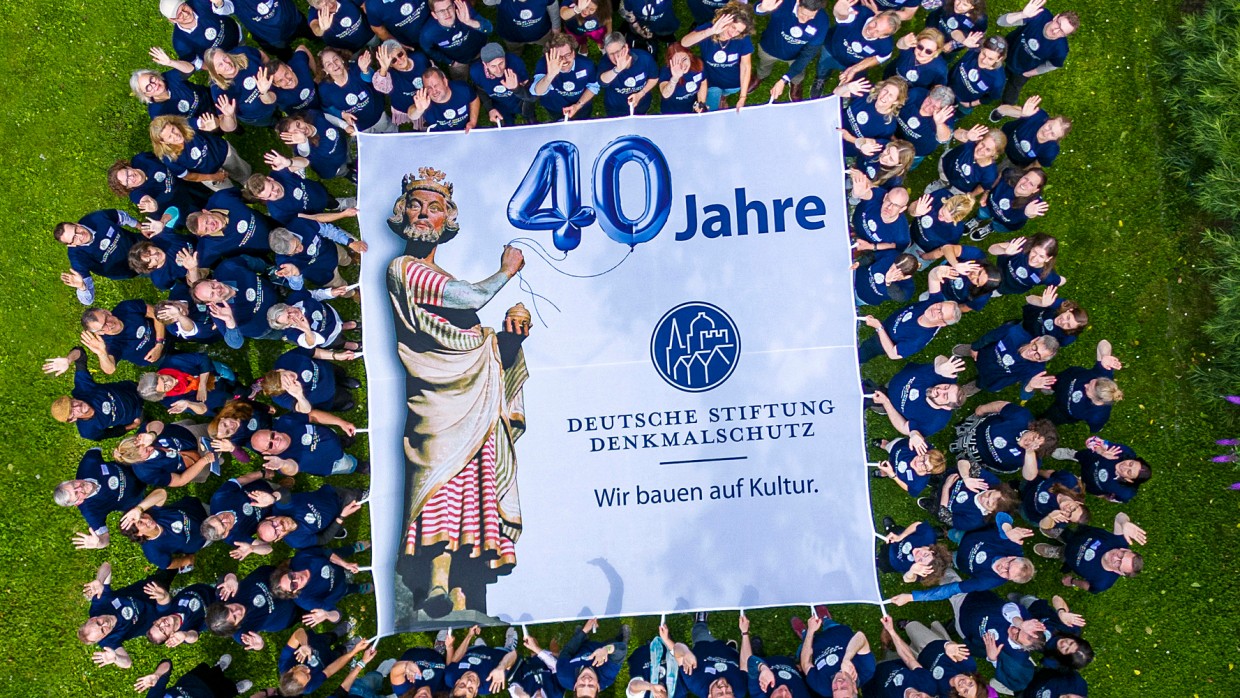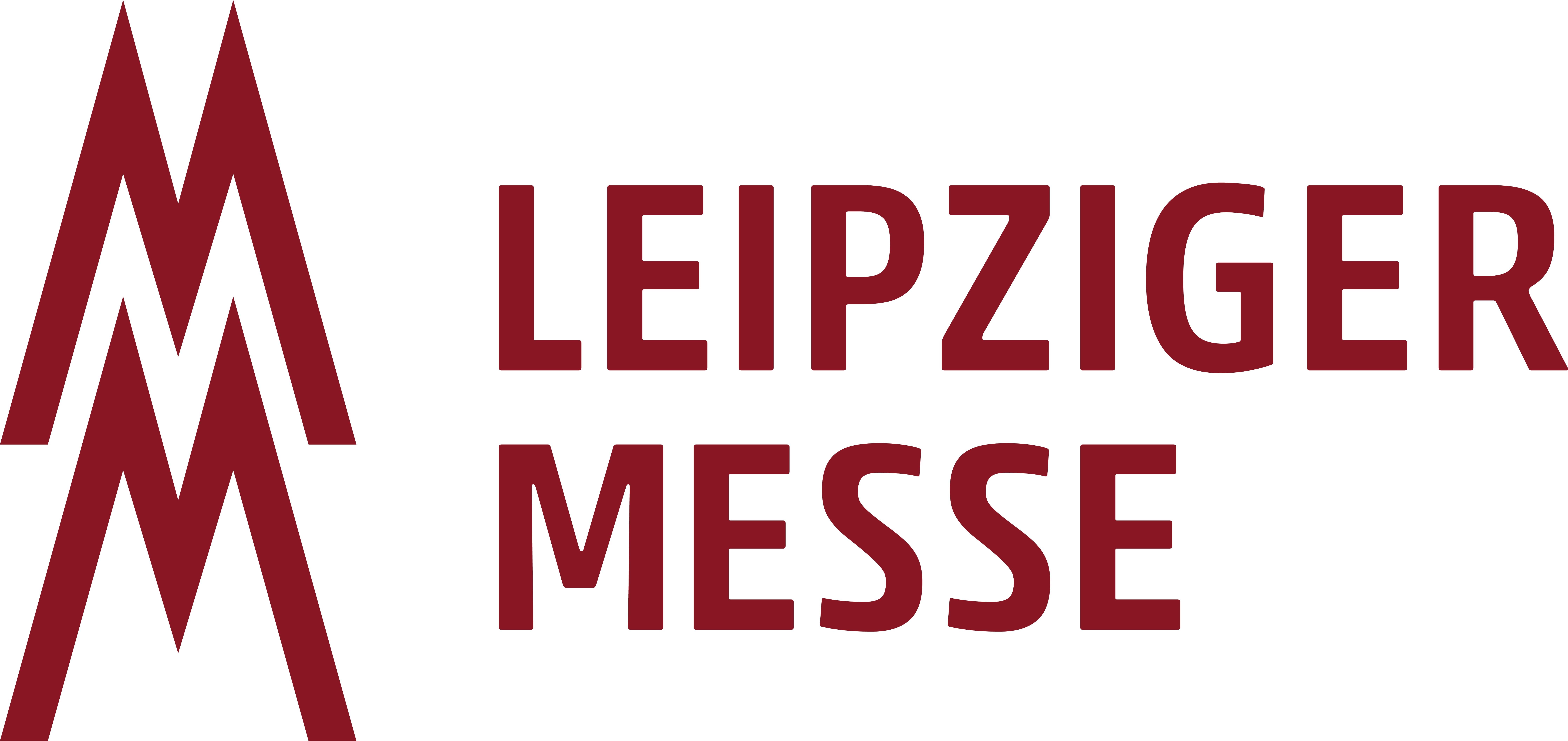News
News
Crucial for monuments and society - 40 years of the German Foundation for Monument Protection
It filled a gap when it was founded in 1985 and 40 years later it is much more than just a stopgap. Without the German Foundation for Monument Protection, numerous properties throughout Germany would still be in a pitiful state. However, there is much more to the foundation's work than promoting restoration and refurbishment. It may be a private organization. But true to its tradition of civic engagement, it also pursues its civil society mission - independently and with the perpetual potential for change.
The establishment of the German Foundation for Monument Protection (DSD) in 1985 was a late consequence of the 1970s, when there was a sudden increase in awareness of the remaining historic buildings. This is how Ursula Schirmer, head of the press department of the now multi-million-euro institution, describes the desire for a private foundation. “More was destroyed after the war than during the war” was a saying that circulated in the Federal Republic of Germany at the time. Countering the increasing dominance of car traffic in urban planning and putting a stop to the demolition and new construction of modern buildings and preserving old buildings became an increasingly important concern in society.
The developments of the 1970s - the founding of the German National Committee for Monument Protection, which is part of the federal government, and the proclamation of the European Year of Monument Protection in 1975 by the Council of Europe - had already prompted public authorities to react to this social development. Until 1980, all the federal states of the former Federal Republic of Germany had monument protection laws. However, the strong growth in civic involvement in society was only absorbed to a limited extent. There were also still gaps in monument protection - objects that nobody cared about. Following the example of the United Kingdom's National Trust, the new foundation was to find solutions for these objects: Take monuments into its care, implement rescue projects and then hand over responsibility again.
A team with a division of labor, all the more successful for it
DSD started with capital of 500,000 Deutschmarks. The founding process was initiated by a team of three personalities. Erika Friderichs is one of the initiators, married to Hans Friderichs, Federal Minister of Economics in the 1970s and at the time of the foundation's establishment on the board of Deutsche Bank. Dieter Stolte, director of ZDF, used the GlücksSpirale television show to establish contact with the social lottery, of which the foundation became a beneficiary in 1991. This was the only way to cope with the major additional tasks resulting from reunification. Gottfried Kiesow, then President of the Hesse State Office for the Preservation of Historical Monuments, provided the specialist expertise in monument conservation that was necessary for such a project. Together with other like-minded people, they gave birth to a foundation that has been able to support over 7,500 monuments in 40 years and today supports and advises around 600 projects every year. The initial capital of 500,000 German marks has now grown to 500 million euros in assets. Incidentally, the DSD did not want to actually own large numbers of monuments - as is the case with the National Trust in the United Kingdom. This is because maintenance is costly. And yet some listed properties are now owned by the foundation.
The next 40 years? Exciting, with lots of potential for change
The results are impressive. The project - this late consequence of the 1970s - is a complete success 40 years after its foundation. But what should the next 40 years look like? Ursula Schirmer trusts in the solid basement that has been created in the foundation's history to date. The foundation operates nationwide, is politically independent, can react flexibly to new developments and can also rely on its supporters. The youth building lodges also specifically address young people. The fact that young people are being introduced to the foundation holds potential for change, including in the DSD's field of activity. Young people today are specifically looking for alternatives to the digital world and want to work in a practical way - “to stamp clay”, as Schirmer describes it. The 16 Jugendbauhütten offer young people between the ages of 16 and 26 the opportunity to get to know craft techniques at various work sites across Germany. As part of the Voluntary Social Year, monument conservation is taught in a very practical way. This was, in fact, an important innovation for the DSD. While the approach of the classic educational bourgeoisie, which has characterized the DSD up to now, is increasingly dwindling, the practical connection to the monuments is gaining in importance. Schirmer does not like to outline specific processes for the future. There are many ideas that still need to be thought through, she says thoughtfully. But: "The DSD is characterized by its ability to develop dynamically. That is what characterizes this foundation."
It goes without saying that Schirmer's job requires her to continue her work. But her reasoning is sound: it is just one of many challenges to involve current and future young generations in the process of heritage conservation. In the current economic situation, local, state and federal politicians often think first of cuts to culture in budget debates. This is where the private, independent foundation plays a valuable role. Not only for the protection of historical monuments, but for society as a whole. The developments of the 1970s show what civic engagement can achieve when people feel that their cultural landscapes are being lost. When their homes are endangered or destroyed. “If we don't succeed today in shifting the priorities in construction from demolition to preservation, then our diverse cultural landscapes will quickly lose exactly that - their diversity,” says Schirmer. Political decision-makers must be aware that respect for the authentic witnesses of our history ultimately secures the basis of our democratic values today. The DSD will also stand for this over the next 40 years.





